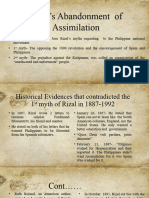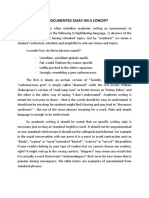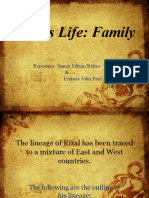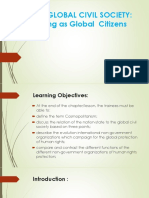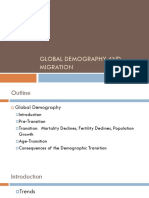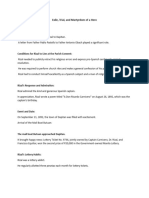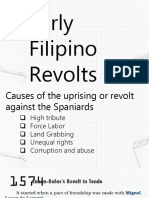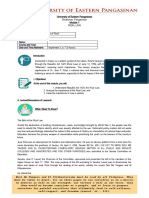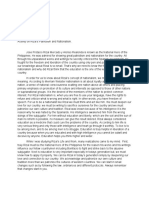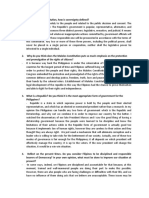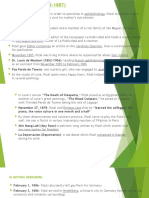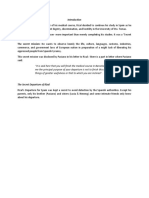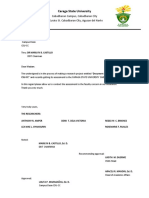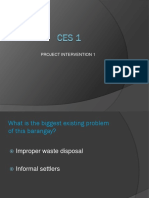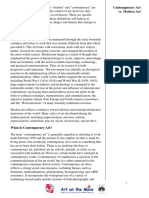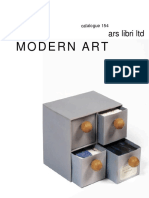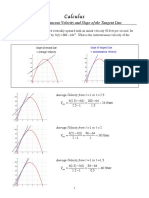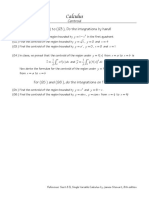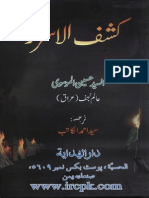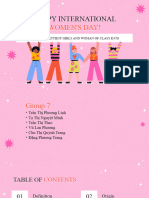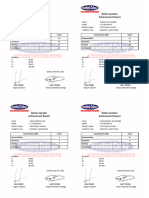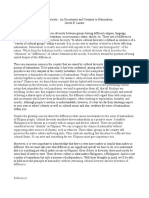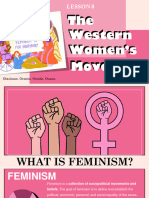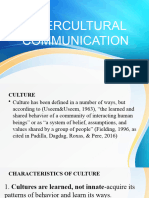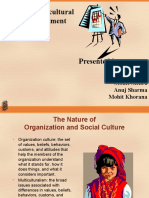0% found this document useful (0 votes)
869 views6 pagesUnderstanding Nation & Nationalism
This document discusses key concepts related to nation and nationalism. It defines nation, state, and nation-state, and explores different theories about the origins of nationalism. Primordialism sees nationalism rooted in preexisting ethnic identities, while modernism sees it as a product of modernity. Constructivism views nationalism as socially constructed and imagined. Benedict Anderson's theory of imagined communities is discussed. The document also examines the indigenous Filipino concepts of kapwa, bayan/banua, and pantayong pananaw and how they relate to nation-building in the Philippines during and after Spanish colonial rule.
Uploaded by
MR éxypnosCopyright
© © All Rights Reserved
We take content rights seriously. If you suspect this is your content, claim it here.
Available Formats
Download as DOCX, PDF, TXT or read online on Scribd
0% found this document useful (0 votes)
869 views6 pagesUnderstanding Nation & Nationalism
This document discusses key concepts related to nation and nationalism. It defines nation, state, and nation-state, and explores different theories about the origins of nationalism. Primordialism sees nationalism rooted in preexisting ethnic identities, while modernism sees it as a product of modernity. Constructivism views nationalism as socially constructed and imagined. Benedict Anderson's theory of imagined communities is discussed. The document also examines the indigenous Filipino concepts of kapwa, bayan/banua, and pantayong pananaw and how they relate to nation-building in the Philippines during and after Spanish colonial rule.
Uploaded by
MR éxypnosCopyright
© © All Rights Reserved
We take content rights seriously. If you suspect this is your content, claim it here.
Available Formats
Download as DOCX, PDF, TXT or read online on Scribd
/ 6








